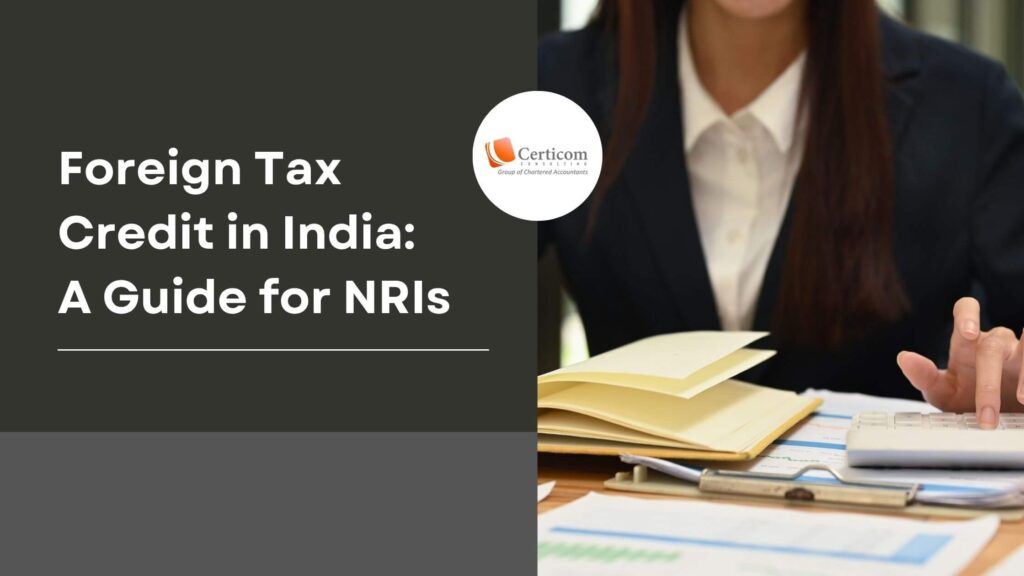Do you want to invest tax-free? These are the five essential considerations.

It is essential that you provide documentation of your investment as soon as possible if you have already made an investment in any tax-saving instruments, such as insurance, PPF, and NPS, among others, to prevent your employer from withholding more tax than necessary.
You must declare the investments you intend to make at the start of the financial year in order for the lower TDS (tax deducted at source) to be withheld. Additionally, your employer will deduct more TDS if you are unable to provide confirmation of the same investments as the year draws to an end.
You will therefore receive a reduced salary from your bank following a larger TDS. Naturally, if you have made investments against the tax benefits, you would not want to lose out on them.
The following should be kept in mind if you wish to get an investment tax exemption:
Diminished amount of cash on hand:
Some workers are irritated that their employers transferred them to a reduced income. This might be the result of them failing to turn in the paperwork for which they were granted a deduction.
As an example, you stated that you invested ₹1.5 lakh in various tax-saving schemes. Consequently, your employer withheld less TDS. However, the tax on this ₹1.5 lakh revenue was also subtracted when you failed to turn in the necessary paperwork, which decreased the amount of cash you had on hand.
Old vs new regime:
Under the new tax law, the majority of deductions are not allowed. Therefore, you have to choose the previous tax system in order to claim deductions. Additionally, you have to select the “change to old regime” option this time if you chose the new regime the previous year. If not, it will be assumed that you continue to file your return in accordance with the new regulations.

The ₹1.5 lakh ceiling is untouchable:
You are free to invest as much as you like in tax-saving options, but keep in mind that the maximum deduction you may get in a fiscal year is ₹1.5 lakh. Additionally, all investments combined, including those made through tax-saving fixed deposits, ELSS, PPF, NPS, ULIP, Sukanya Samridhi Yojana, and others, are subject to the ₹1.5 lakh cap.
Send in the necessary paperwork:
It is essential that you turn in the required paperwork. For example, you need to provide the rent agreement and rent receipts in order to claim the exemption for housing rent allowance. Additionally, you are required to provide the employer with the landlord’s PAN number if the annual rent exceeds ₹1 lakh.
The deadline for submitting documents :
While each company has a different deadline for receiving the paperwork, you should submit as soon as you can to minimize any risks down the road.
Related Post
Foreign Tax Credit in India: A Guide for NRIs
Top 10 Tax Filing Rules for FY 2024-25
Book A One To One Consultation Now For FREE
How can we help? *




